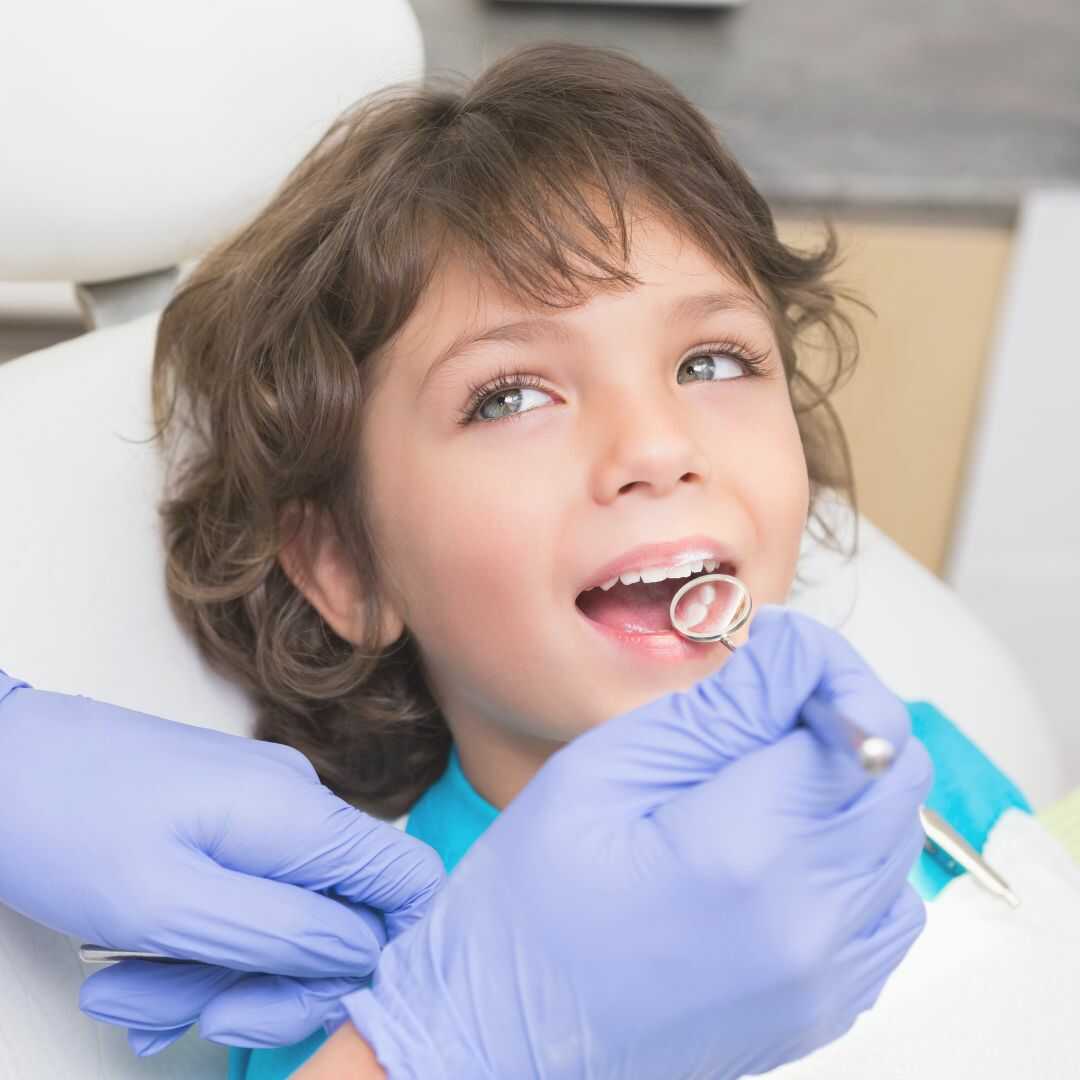Pediatric Dentistry
Pediatric Dentistry
What is fluoride?
Fluoride is a mineral that is effective in preventing tooth decay. Found naturally in soil, rocks, water, especially groundwater, and in foods such as tea leaves, seafood, meat, and vegetables. Fluoride is effective in preventing dental caries in two ways :
- Using fluoride directly on the tooth surface. This can be done by brushing your teeth with fluoride toothpaste. Using fluoride mouthwash fluoride coating and teeth polishing with fluoride.
- Eating fluoride for fluoride to enter the tooth structure. While teeth are growing in the form of fluoride in drinking water.
At what age do you need to get fluoride?
Topical use of fluoride can be started from the time the first primary tooth emerges (for children approximately 6 months old) in the form of fluoride toothpaste. It is recommended to use fluoride toothpaste at a concentration of 1000 parts per million (ppm).
Recommendations for using fluoride
For children, fluoride treatment can begin as soon as the first baby tooth emerges. But you should consult your dentist to assess the risk of tooth decay. and the dentist will recommend the proper form and size for maximum efficiency in preventing tooth decay.
Using fluoride alone cannot prevent tooth decay, so it is important to clean your teeth by brushing and flossing properly. Adjust food consumption habits, reduce sugary foods, reduce food between meals. Including visiting the dentist for regular dental checkups every 6 months.
Pit and groove coating
IIt is recognized as a highly effective measure for preventing occlusal tooth decay as long as to the extent that the sealants and grooves are adhered to the teeth. Coating the pits and fissures can prevent tooth decay in the pits and fissures by making the holes and grooves shallower and has a smoother surface area that does not harbor microorganisms and makes cleaning easier.
- If your child has tooth decay in the early stages, will the doctor give advice on eating and cleaning? Dental sealant.
- The doctor will place a filling or crown on a tooth that has decayed to the dentin.
- But if the tooth decay penetrates into the tooth nerve cavity. The doctor will have to treat it with root canal treatment or have a tooth extracted instead.
For cases where tooth decay has not yet destroyed much of the tooth root and bone in the tooth socket. The doctor will recommend keeping baby teeth for use. Wait until permanent teeth come in to replace them. Filling deeply decayed teeth, tooth extraction, or root canal treatment. The doctor will use anesthetic to prevent children from feeling unbearable pain.
How to prevent primary teeth from decay
- TTrain babies to sleep without the habit of getting addicted to a bottle.
- Teach children to use a drinking glass instead of a baby bottle and practice sucking from a straw from 6 – 12 months of age and should stop using baby bottles when they are 1 year old.
- Train the habit of not allowing children to eat snacks or sweet foods. Because it is the cause of tooth decay.
- Train your child to rinse their mouth after drinking milk, snacks, and after eating every time.
- Brush your child’s teeth with fluoride toothpaste 2 times a day, in the morning and before bedtime.
- When your child is 4 years old, train your child to brush their teeth properly. And help brush regularly.
- Take your child to see the dentist when he is 1 year old and have his teeth checked regularly every 6 months.
Gap space between teeth
Tools to prevent gaps between teeth It serves to maintain the distance between the teeth so that they do not decrease or disappear. To keep the permanent tooth in that position can go up They are both made of metal and acrylic.
If you don’t wear a gap between your teeth
- The tooth tilted towards the gap. This causes permanent teeth to erupt incorrectly.
- The position of overlapping teeth causes loss of beauty.
- Have unusual habits, such as sticking your tongue in the gap that occurs.
- The bone in the tooth socket is thickened. As a result, permanent teeth emerge more slowly than usual.



